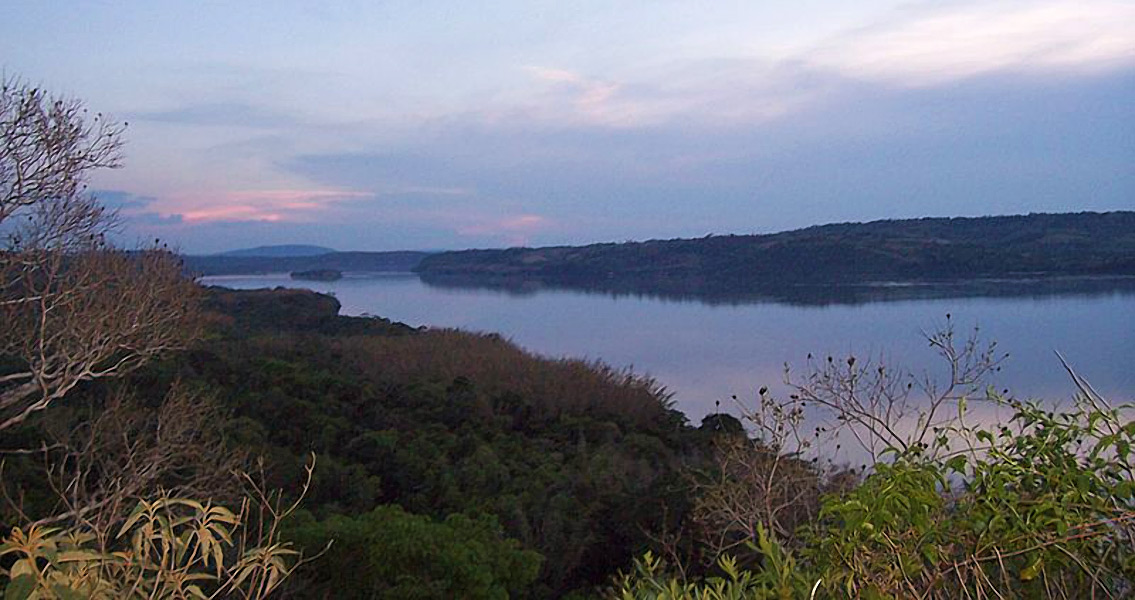<![CDATA[A research team from the University of Buenos Aires has revealed a discovery in the jungles of the Teyu Cuare National Park: a thick-walled group of three buildings that may have been built by the Nazis as a hideout in anticipation of defeat in the Second World War. Although it seems to have never been used, the hideout’s architecture and spatial orientation, combined with the presence of German coins from the early 1940s leave little doubt as to its origins, according to the researchers. The site contains three buildings, with walls made from large stones, parts of which have been destroyed by time and the jungle vegetation. One building was most likely planned as living quarters, another would have served for storage, and the third one looks like it was meant to be a lookout post. The walls of the buildings are very impressive, with a thickness of three feet. Although hidden, the hideout offers a beautiful panoramic view and is conveniently located near the Argentinian border with Paraguay. The team’s leader, Daniel Schavelzon, said there could hardly be any doubt as to the purpose of the complex, especially given the presence of German coins there. However, it seems that it was never actually used, and the coins - minted in the period 1938-1941 - had been left there from the time it was built. Because there are no other artefacts at the site, save for a piece of porcelain plate with the inscription “made in Germany”, as the Guardian reports, it is difficult to make any other conclusions from the find. The hideout, Schavelzon suggested, was probably part of a larger project by the Nazi party to build such facilities in difficult to access locations, so that high-ranking party officials could survive a potential defeat in the war. The project, says Schavelzon, started sometime in the middle of the World War, and some of the locations selected for hideouts included deserts, inaccessible mountain sites, and jungles. According to Uki Gon, author of a book detailing the transfer of Nazi war criminals to Argentina, however, the discovery is controversial and should be taken skeptically. In an article for the Guardian, he argues that actually the buildings have not just been discovered, but known about and open to the public as a tourist site for years. There is even a sign describing it as a Jesuit site, and Gon claims that in reality it was built in the eighteenth or nineteenth century and is similar to a number of other buildings from the time that attract tourist attention. As for the German coins, these could come from any German immigrant in Argentina, especially given the fact that the northern part of the country houses one of the oldest and biggest German immigrant communities. Argentina accepted thousands of Nazi and Fascist war criminals during the rule of Juan Peron. Total numbers have been estimated at somewhere around 5,000, and included Joseph Mengele and Adolf Eichmann. Mengele, who was nicknamed Todesengel, or the 'Angel of Death', was among the most horrific figures of the Nazi era. A physician at Auschwitz, he used to perform unethical, unscientific and frequently fatal experiments on inmates. He was never captured, and died in Brazil. Adolf Eichmann, the person responsible for designing the 'Final Solution' which led to six million deaths, was captured in Argentina by Mossad in 1960, before being trialed and executed in Israel. Image courtesy of Wikimedia Commons user: Loco085]]>
Possible Nazi Lair Found in Argentina
